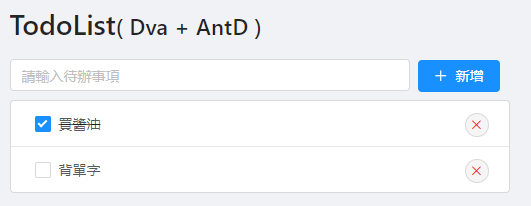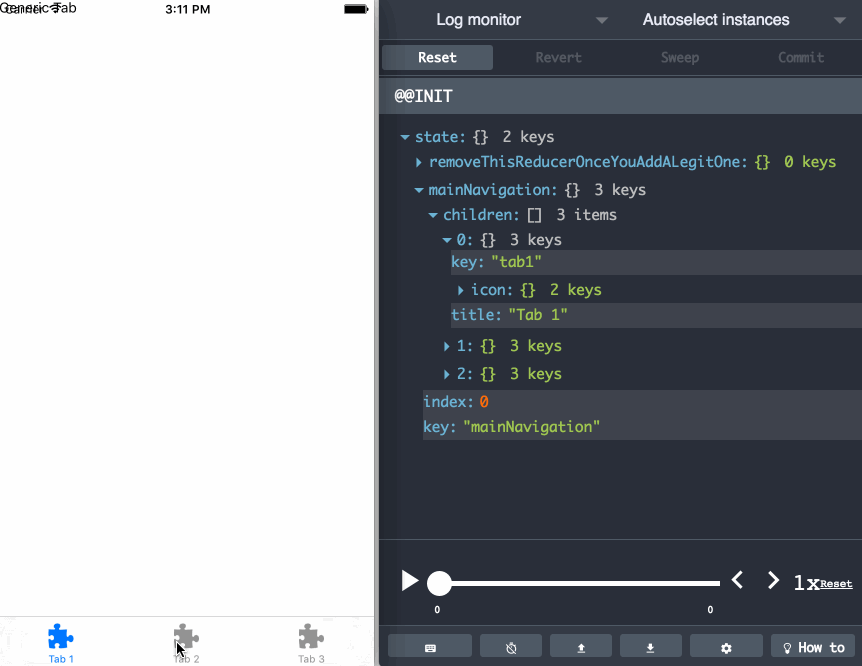
View – React provides the kind of composable and freely re-renderable views we need for the view layer.

After the state of the store is updated, the store broadcasts an event after which, the view can fetch updated data from the data and update itself and its descendants. They receive actions through the dispatcher and after identifying the action type, they modify the state of the store. More than simply managing a collection of ORM-style objects, stores manage the application state for a particular domain within the application. Their role is somewhat similar to a model in a traditional MVC, but they manage the state of many objects - they do not represent a single record of data like ORM models do.
The Store contains the application state and logic. When an action creator provides the dispatcher with a new action, all stores in the application receive the action via the callbacks in the registry. Each store registers itself and provides a callback. It is essentially a registry of callbacks into the stores and has no real intelligence of its own - it is a simple mechanism for distributing the actions to the stores. The Dispatcher is the central hub that manages all data flow in a Flux application. Hope this will help you in creating your own react and redux project. Run the project using the following command $ npm run serve Name “ serve” in this example is refers to the server files using with nodemon - reload, automatically. i = install -S =-save $ npm i -S react react-dom react-redux $ npm i -S redux redux-logger redux-storage $ npm i -S babel-loader $ npm i -S webpack-hot-middleware $ npm i -S babel-loader babel-preset-es2015 babel-preset-react $ npm i -S express webpack-dev-middleware To install the webpack and dependencies to package.json $ npm install webpack -save $ mkdir react-todo-list $ cd react-todo-list $ npm initĪccept the default, maybe add some description or author name. Start from the scratch, we create a new folder name react-todo-list, go into the folder then initialize with npm. In package.json will keep all project information about the dependencies, description. react-todo-list |– client |–– client.js |–– index.html |– components |–– App.js |–– TodoInput.js |–– TodoItems.js |–– TodoList.js |– redux |–– actions.js |–– reducer.js |–– store.js |- server |–– server.js |– package.json |– 
In the same way as before, all component like App (entry point), TodoInput (input text), TodoItems (a todo), and TodoList (all todos) in components, client, server, and config file. In this project is about creating a React and Redux Todo List app creating your own server path and using webpack hot reload to make it real time updated!įor the file structure, action, reducer, and store will be kept in folder name redux. All you need to focus are Action, Reducers, Store, and Components.


If you understand the basic concept in React and Redux. A simple todo list application using react and redux








 0 kommentar(er)
0 kommentar(er)
